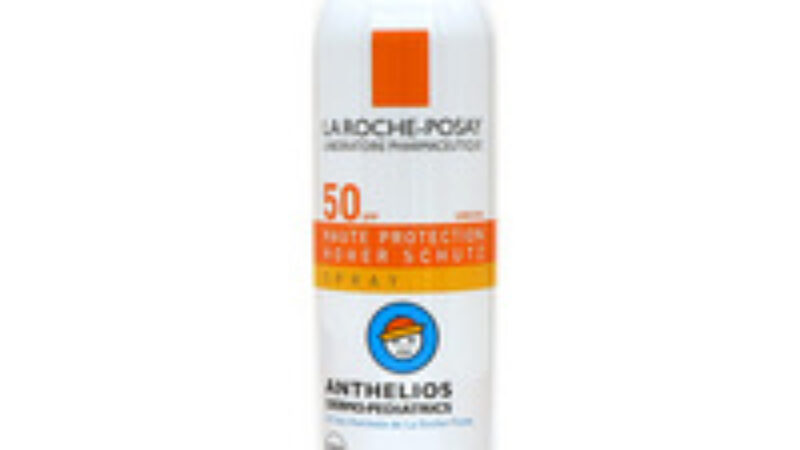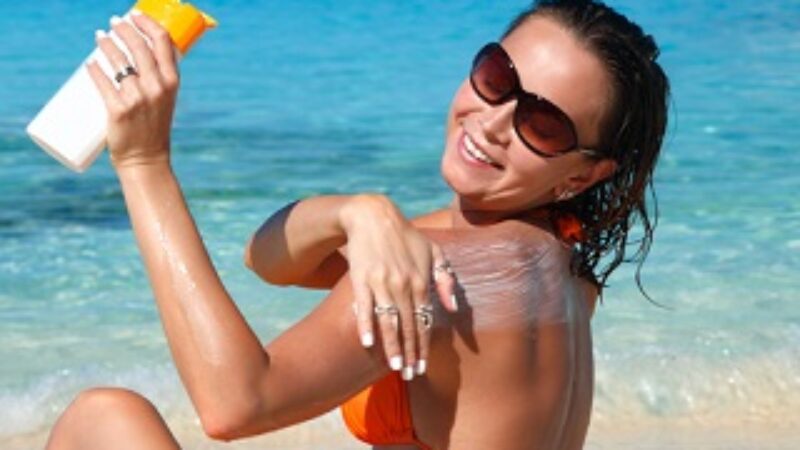July 4th typically means sun, beach and barbeque. There’s no better time to talk sunburn: how to prevent it and how to treat it.
The best case scenario is to avoid getting a sunburn altogether, but who hasn’t gotten a little bit overzealous when it came to spending time in the warm sun? Even on cloudy days, it’s possible to get a sunburn without realizing it. A sunburn is the skin cells’ reaction to being damaged by the sun’s UV rays. In order to repair the damage, the body increases the blood flow to the skin, causing the telltale redness.
Preventing sunburn is all part of a bigger sun safety plan that includes:
- Applying a broad-spectrum sunscreen 15-30 minutes prior to sun exposure
- Reapplying every 2 hours or after swimming, towelling off or perspiring heavily
- Wearing sun protective clothing that will keep you cool while shielding you from the sun’s damaging rays
- Avoiding sun exposure during the peak hours of 10am to 4pm and seeking shade whenever possible
Despite your best intentions, you may find yourself in the unenviable position of having to deal with treating a sunburn. First and foremost, get out of the sun and follow these steps to ease the pain:
- Take a cool shower or bath; avoid soaps that may irritate the already sensitive skin. Pat skin dry gently.
- Apply an aloe vera gel or a dedicated after-sun product to cool the skin and also replenish moisture. Avoid rubbing as this may cause pain. Instead, leave it a bit wet and allow it to absorb.
- Drink lots of fluids. Sunburns can be very dehydrating, so it’s important to replace fluids that are lost.
- Take pain relievers if needed. Sunburns can sometimes cause flu-like symptoms. A pain reliever like ibuprofen can help by lessening the discomfort as well as the inflammation.
- See a doctor if there is severe blistering, if you experience chills and fever or if you feel faint and confused. Sunburn can be serious condition and should be treated as such. Just one bad, blistering sunburn in childhood or adolescence can more than double your chances of developing melanoma later in life.
Notice that getting a base tan is not a way to prevent sunburn? Although many still believe that tanned = healthy, the truth is that a tan is the skin’s defense mechanism when bombarded by UV rays. It’s essentially the skin’s way of trying to protect itself. Contrary to popular belief, any tanning is harmful. Not only can purposeful tanning lead to sunburn but it can also have long term effects like wrinkles, dark spots, loss of firmness and some forms of skin cancer. You know what they say: an ounce of prevention!
Happy (and sun safe) Fourth of July!




